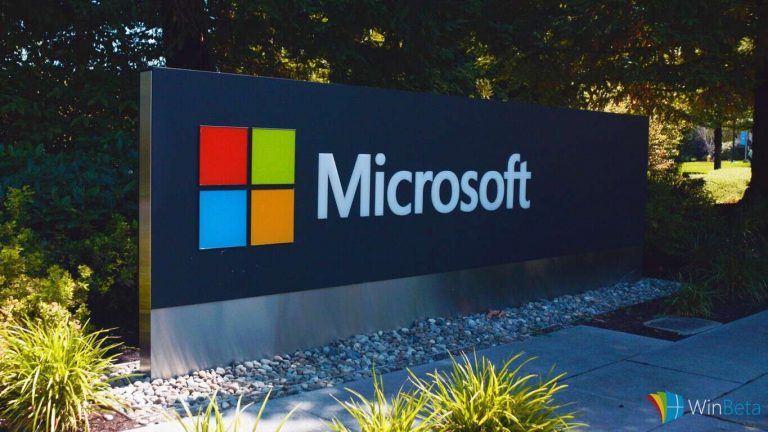The perceived “app gap,” describing the relative disparity between Windows 10 Mobile and its iOS and Android competitors in terms of available apps, requires some creativity on Microsoft’s part to resolve. Of all of Microsoft’s efforts, the porting of apps from iOS to the Universal Windows 10 platform is perhaps the most aggressive, and Microsoft developer John Kennedy provides an overview of just how it’s done over at the MSDN blog
Dubbed Project Islandwood, the set of tools for making the iOS porting process easier and more efficient has been making steady progress (unlike its Android counterpart, Project Astoria). As Kennedy outlines in his blog post, Project Islandwood grew out of a desire to provide a better way for iOS developers to make their apps available on Windows 10:
There are many different ways to make projects work in a cross-platform way. You could, for example, create some time of mimicking run-time, and run the same binary file on that. That’s not easy, as although your app might still look like a native app, it would be running on a non-IOS platform and that of cognitive dissonance can be unsettling. And you don’t get to take advantage of any unique Windows features. And you have to worry about code-signing, updates, subtle platform differences and so and so forth.
Alternatively, you could write some kind of intermediate tool based on, say, JavaScript and HTML5, and provide run-time wrappers for different platforms. That would work, but JavaScript is not everyone’s favorite programming language, and you need to keep the wrappers updated for every platform. And you’ve immediately gone to the lowest common denominator of every platform (a web browser), thus missing out on potentially cool features.
Project Islandwood, however, goes a number of huge steps forward, representing a conversion tool that accesses Apple Xcode projects directly and migrates it to Visual Studio. Then, the app can be massaged in all of the deep dark developer ways into a real app that leverages all of the strengths of Windows 10 Mobile. While the goal is the development of Universal Windows 10 apps, which of course run on all Windows 10 devices, it’s Windows 10 Mobile that will most directly benefit.
Kennedy goes into copious technical detail in outlining just how to make the conversion a reality, and if you’re an iOS developer then by all means, go read the whole thing. From what we can tell as non-developers, though, the process looks straightforward and likely makes plenty of sense to those whose brains work that way.
You can find out more information at the Project Islandwood page, as well as on Github. Microsoft also provided an update on Project Islandwood at the Windows blog, where the progress on pushing the iOS porting tool into developers’ hands is outlined.
We’ll be keeping a close eye on how quickly Windows 10 Mobile achieves app parity with iOS and Android. Perhaps as much as anything, this will determine how well Microsoft’s platform does in the market, no matter how nice its new Lumia 950 and 950 XL flagships may be.


